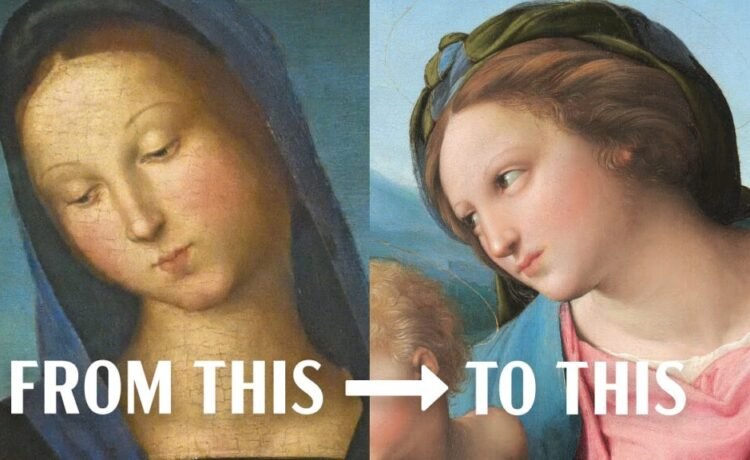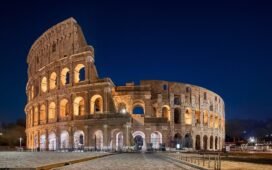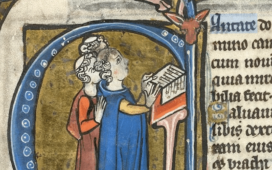No artist became a Renaissance master through a single piece of work, though now, half a millennium later, that may be how most of us identify them. Leonardo? Painter of the Mona Lisa. Michelangelo? Painter of the Sistine Chapel ceiling (or, perhaps, the sculptor of the most famous David, depending on your medium of choice). Raphael? Painter of The School of Athens, as recently featured here on Open Culture. Raphael painted that masterwork in Vatican City’s Apostolic Palace between the years 1509 and 1511, when he was in his mid-twenties. Understanding how he could have attained that level of skill by that age requires examining his other work, as Evan Puschak, better known as the Nerdwriter, does in the new video above.
Specifically, Puschak examines Raphael’s Madonnas, a subject to which he returned over and over again throughout the course of his short but productive career. In what seems to have been his first rendition of Mary and her holy son, Puschak says, “you can see that Raphael has a better sense of three-dimensional bodies and how to make them feel like they’re part of the space that they’re in” than his father, who’d been a well-regarded painter himself, or even than Piero della Francesca, from whom his father learned.
“Yet the painting also suffers from “an awkwardness in the arrangement of the figures,” as well as a lack of “emotion, relationships, or any sense of narrative” — much like “a thousand other Madonnas that came before.”
Yet Raphael was a quick study, a trait reflected in the development of the many Madonnas he painted thereafter. From Leonardo he learned techniques like sfumato, the creation of soft transitions between colors; from Michelangelo, “how to use the human body as an expressive tool.” But what most clearly emerges is the concept contemporary theorist Leon Battista Alberti called historia: a narrative that plays out even within the confines of a static image. In Raphael’s circular, abundantly detailed Alba Madonna of 1511, Puschak sees the infant Jesus “not so much taking as grabbing his future and pulling it closer” as Mary looks on with emotions subtly layered into her face. How, exactly, Raphael honed his instinct for drama is a question for art historians. But would it be too much of a reach to guess that he also learned a thing or two from his time as a stage-set designer?
Related content:
Why Leonardo da Vinci’s Greatest Painting is Not the Mona Lisa
Based in Seoul, Colin Marshall writes and broadcasts on cities, language, and culture. His projects include the Substack newsletter Books on Cities and the book The Stateless City: a Walk through 21st-Century Los Angeles. Follow him on the social network formerly known as Twitter at @colinmarshall.















